LETSHUOER S12 - The $150 Technical Champion
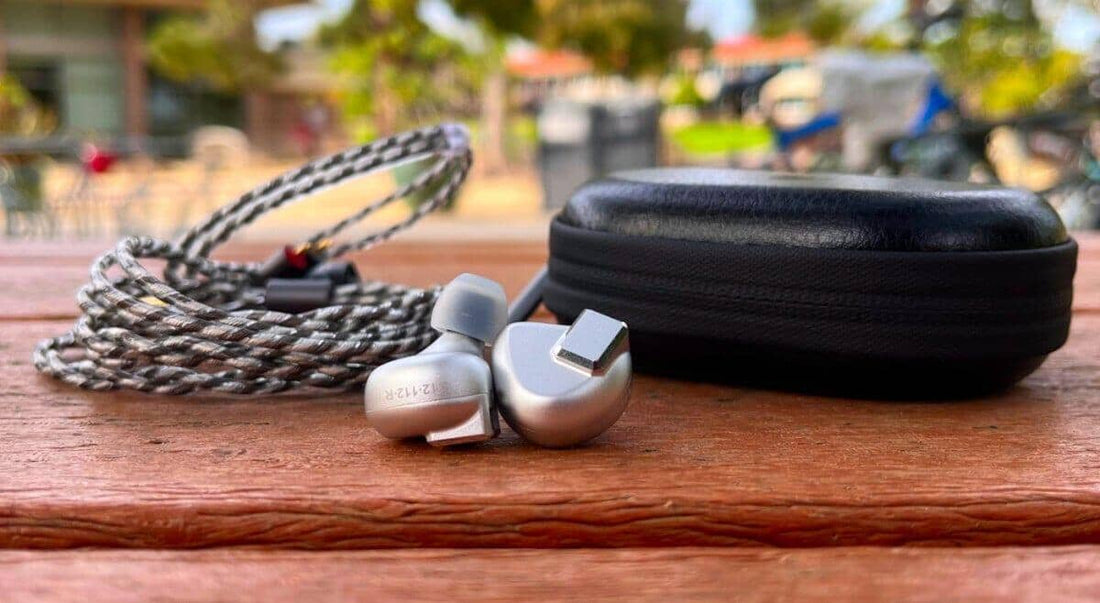
Preface
Planar IEMs: fascinations of the IEM world touted for their incredible speed and resolution, yet equally maligned for their less-than-stellar tunings. That is, of course, until the market was taken by a storm a couple months ago by the 7Hz Timeless, a $220 planar with fairly competent tuning. Personally, I did find the Timeless to be more middling in the grand scheme of things; namely still chock-full of minor tonality issues, soft-sounding, and coming across more like a fluke than anything. But the market spoke, meaning we're back for planar IEM round two. Meet the LETSHUOER S12. The S12 lowers the bar of accessibility for a planar IEM to an even more palatable $150; of course, the extent of its sonic performance is something that remains to be explored more closely in this review.
This unit was kindly provided for review by Joseph of LETSHUOER. As always, what follows are my honest thoughts and opinions to the best of my ability.
https://letshuoer.net/product/iem/s12-hi-fi-earphones-in-ear-monitors/
Source and Drivability
All critical listening was done off of an iBasso DX300 and iPhone 13 Mini with lossless files. The stock cable and stock silicone tips were used. The S12 takes a minimal amount of power to drive, sitting at slightly less than 30% volume on the iPhone 13 Mini to hit my usual listening volumes of ~70dB.
If you would like to learn more about my testing methodology, test tracks, and general beliefs in audio, then I would encourage you to check out this page.
The Tangibles
The S12 arrives in a cardboard box with minimal branding. Removing the sleeve, you'll find following accessories inside:
- Documentation
- Faux-leather zippered case
- 3x pairs of foam tips s/m/l
- 6x pairs of silicone tips s/m/l
- 2-pin 0.78mm cable
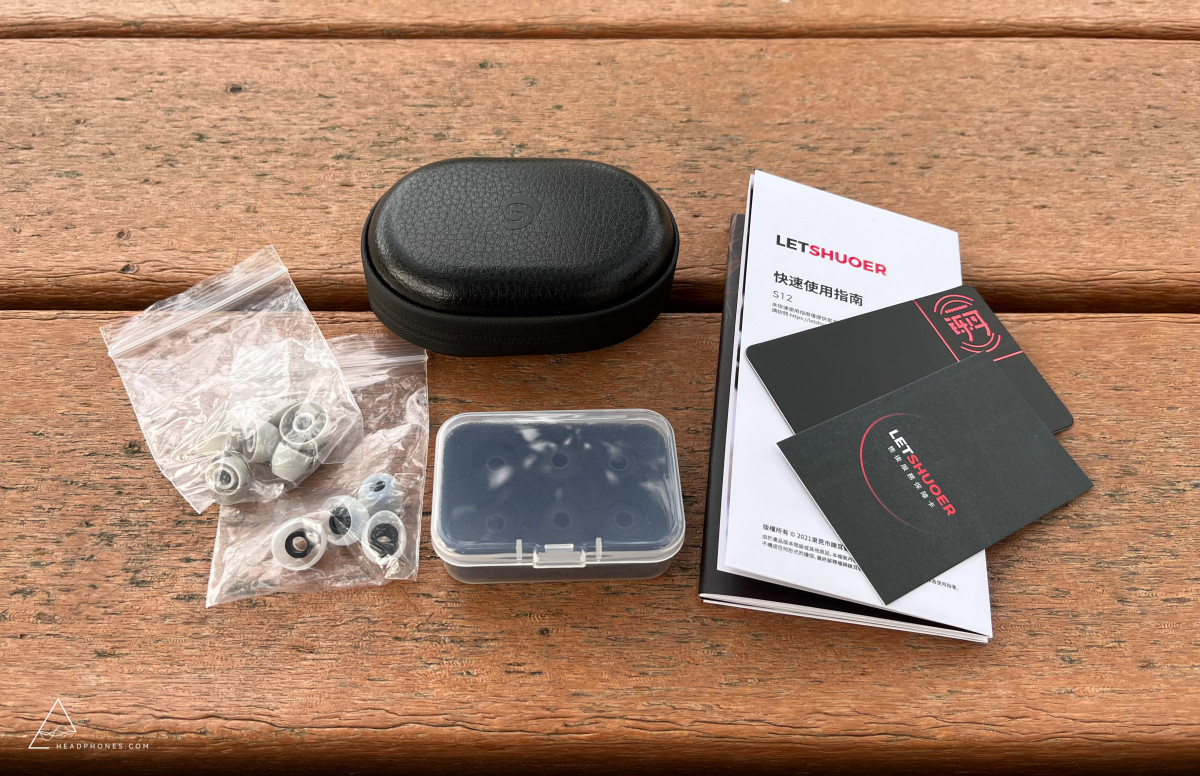
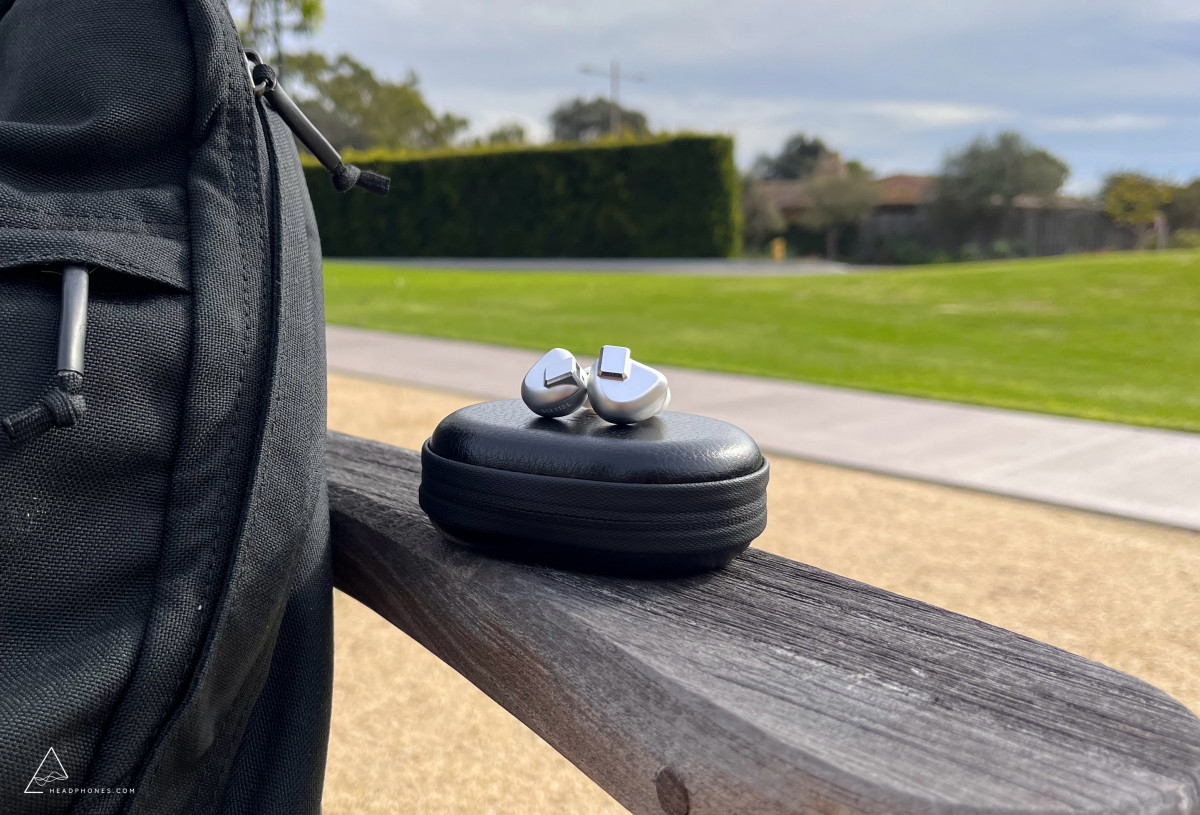
The construction of the S12 is CNC-machined aluminum; it sports a triangular shell with protruding bezels for the IEM's cable. Build quality is not great, but appropriate for $150. There is certainly an industrial allure to the S12's build that will likely appeal to some prospective buyers. Despite the 14.8mm planar driver inside, the S12 is also a medium-small IEM that I believe most ears will be able to fit. Of course, your mileage might vary given fit is 100% subjective.
In terms of the included accessories, I am not a big fan of the S12's included cable mainly because it has a tacky-feeling plastic wrap surrounding it. But it does get the job done, and I'd imagine it's also quite durable because of this wrap. The 2-pin connectors at the end are ever-so-slightly recessed. The case with the S12 is compact and works well; I have no bone to pick on this front. If you pop open the manual of the S12 (which I'd imagine you wouldn't touch otherwise), you'll notice that there's a spread on the back showcasing the S12 being worn by a lovely lady. Moondrop: write that down!
Sound Analysis
The frequency response below was taken off an IEC-711 coupler. There is a resonance peak at 8kHz, so measurements after this point should not be considered entirely accurate. You can follow this link to compare the S12 to other IEMs that I have measured.
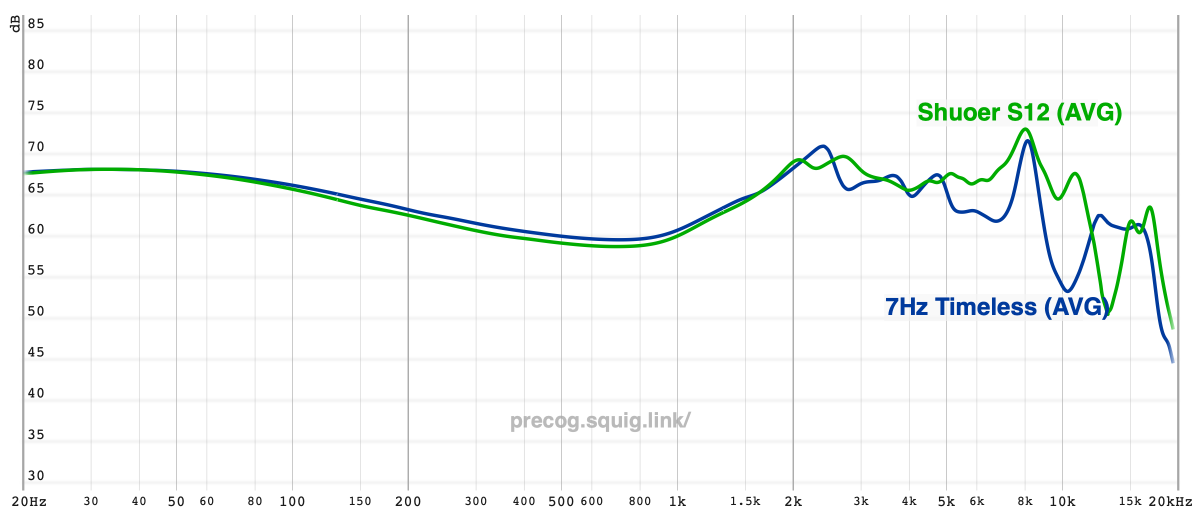
I think the best way to frame my thoughts on the S12 is by using the 7Hz Timeless as a basis of comparison. Right out the gate, then, most readers would probably observe that the S12 and the Timeless share a similar tonal profile.
The major distinction between the S12 and the Timeless lies in their respective treble responses. Some will recall that I criticized the treble of the Timeless for being unbalanced. It had an absence of lower-treble and too much mid-treble. The S12 fixes the first issue; I hear a lot more stick impact and aggressiveness up-top that I felt the Timeless was lacking. It's unfortunate that the second issue, the excess mid-treble, hasn't been addressed. Like so, the S12's treble response is one that comes off more abrasive than it does sparkly thanks to a strong peak at 8kHz and a more subtle, yet present plateau up until 12kHz (verified by ear with sine sweeps). This will possibly be a make-it or break-it aspect of the S12's sound for most listeners. On the bright side (heh), the S12 maintains superb presence into the air frequencies without triggering any alarm bells.
Generally, the emphasis in the treble regions lends the S12 to a thinner, more aggressive presentation. This is compounded by its midrange which leans a hair strident, more shrill than I'd like with female vocalists. Due to a slight droop from 200Hz to 1kHz, male vocalists tend to lean more recessed as well. This not the IEM for listeners indexing for a more musical listen, and I'd say the S12's tonal balance can be best summarized as "acceptable". Listeners after a brighter sound might not mind it, but there will certainly be listeners - such as myself - who find themselves needing to take breaks with the S12.
Where I do find the S12 to be a strong performer is in its bass response. In fact, I remember hearing the S12's prototype unit at Super*Review's house (with no knowledge of what it was at the time) and commenting that it sounded almost DD-like! That's a quality I don't think I'd mistake the Timeless for sporting. Like so, the S12's bass is a little more textured and more "punchy" rather than "pillowy" akin to what the Timeless exhibits. Extension is also excellent, digging into the 30Hz frequencies on Lightsum's "You, jam" and control is solid for the price point.
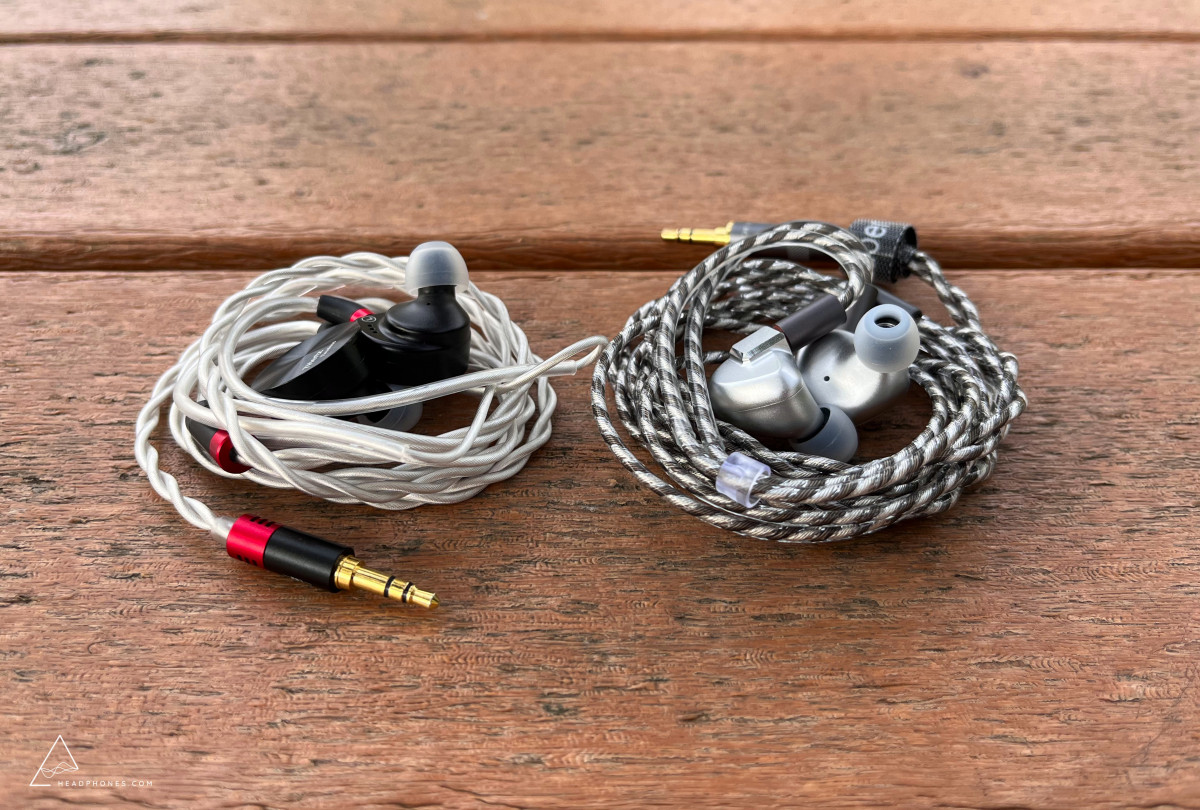
Technical Performance
And here's where things get good - really good. I already held the Timeless to be the pack leader in technicalities for $220, but the S12 actually beats out the Timeless for resolution. One can partially attribute this to the S12's generous amounts of treble, and while I'm not sure if I'd consider the S12 superior for a sense of internal detail, there can be no question that the S12 is an excellent technical performer. Note definition on the S12 is oh-so-sharp, so much so that I'd comfortably place it in the ~$500 bracket for resolution and playing with IEMs such as the venerable Moondrop Blessing 2.
Even better? Those who have heard a planar transducer before would probably be familiar with a certain "softness" to the way transients and dynamic swings (gradations in loudness) are articulated. I definitely found this to be a knock against the 7Hz Timeless. Thankfully, the S12 exhibits less of this maligned quality to my ears. The S12 hits harder and is perceivably less compressed for macro-contrast than not only its contemporary, but also pretty much every IEMs that I have heard for $150.
In fact, the only point with which I'd consider the S12 to fall short in technicalities is imaging. It's worth noting that treble extension definitely plays a strong role in imaging performance. Nonetheless, if you ever wanted an instance of these two qualities of sound not being always commensurate, the S12 would be up there. It's mostly just...average. Instruments stay within the head-stage accordingly and there's basically zero sense of treble instruments "floating" around the soundstage.
The Verdict
The S12 won't be the IEM for everyone - specifically listeners who dislike a brighter presentation - but I find myself impressed with its stellar technical performance. Considering that it further undercuts the 7Hz Timeless for a good $70 at MSRP, I'd suggest the S12 is an IEM well-worth giving a listen.
As an aside, it amazes me how quickly the bar has been set with planar IEMs. Just a few month ago, one's best options in this price range would have been Tin Audio's "P" series which consisted of (in my opinion) less than satisfactory performers. Now we have two planar IEMs that play near the top of their price bracket! That in mind, the S12 is a prime example of the benefits of healthy competition and the rewards that we, as consumers, serve to reap. Perhaps the day the market is graced with a tonally competent planar isn't so far off after all.
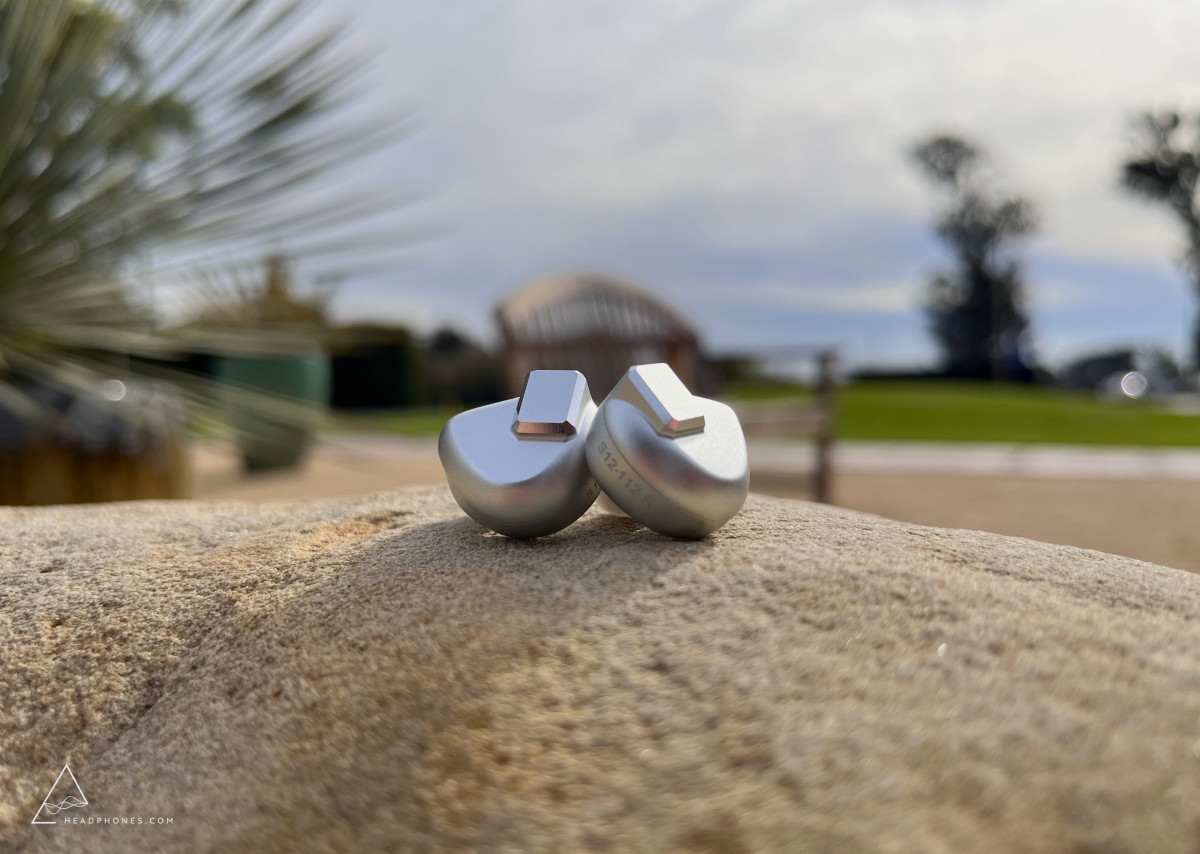
---
Discuss the LETSHUOER S12 on the HEADPHONE Community Forum Here.
---
